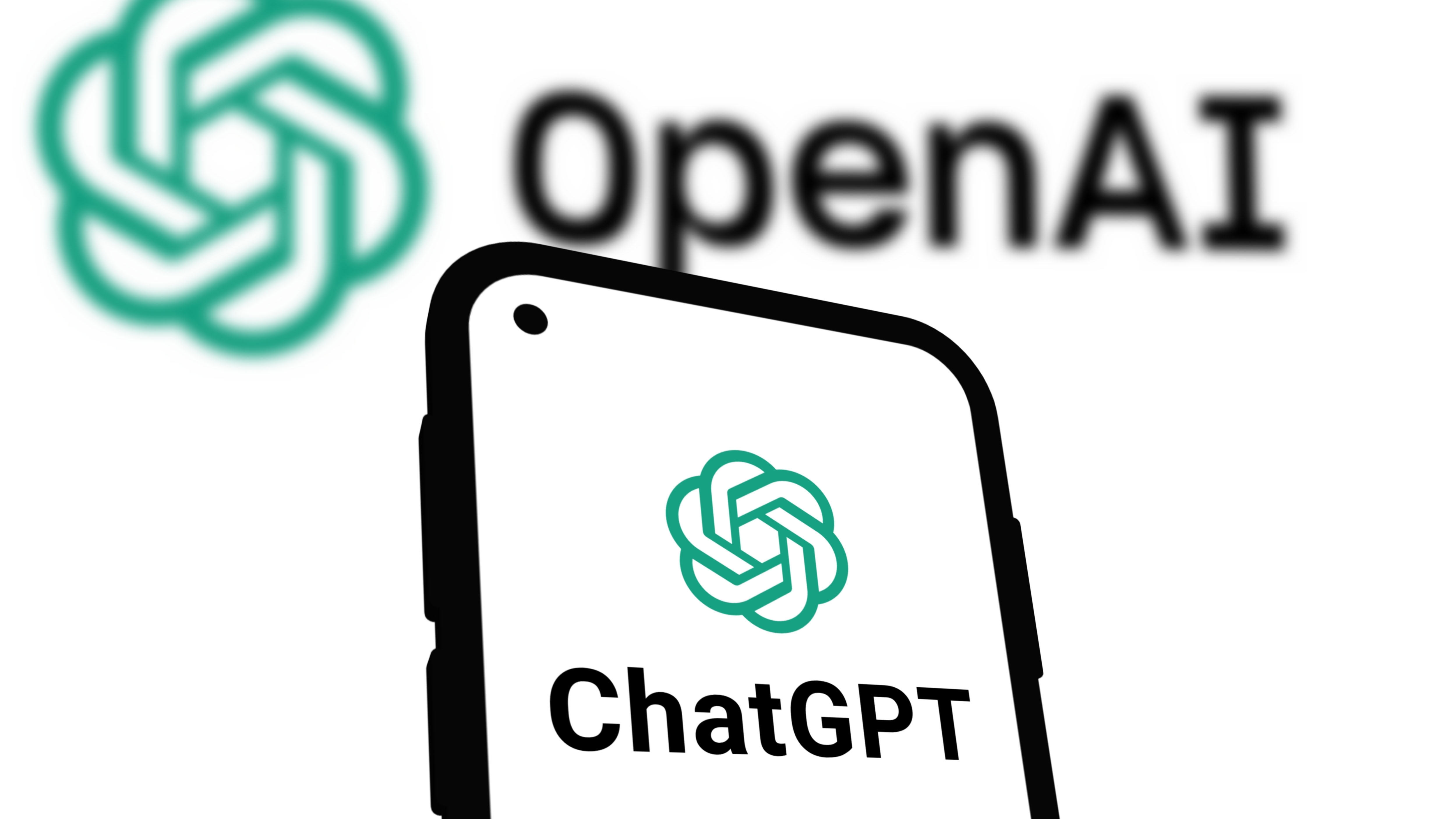- Vision Quest
- Posts
- This Week in Tech 74
This Week in Tech 74
Altman and Ive aim to redefine devices, Claude outcodes the competition while Meta and Huawei push boundaries in futuristic user interfaces
Welcome to the cutting edge ⚔️
Read time: 7 min
Today’s Slate
Ive and Altman are building an AI device that could rival the iPhone’s impact
OpenAI’s Operator just got smarter—and more persistent—with o3
Claude 4 refactors for hours, outperforming Gemini and GPT in coding
3D Instagram photos and Navigator sci-fi UI upgrades land in Meta Quest’s latest update
The Ninja Turtles suit up, slice through NYC, and shell-shock your friends—TMNT goes VR in 2026.
Huawei’s foldable laptop looks like it belongs in Mission Impossible
Chinese humanoids have their first robot boxing match with real combat moves
Biotech startup envisions Avatar style cranial nerve as a neural interface
The. Future. Is. Here.
Artificial Intelligence
At a glance
OpenAI acquires Jony Ive’s design firm: In a bold $6.5 billion equity deal, OpenAI bought io, the design studio led by legendary Apple designer Jony Ive.
New AI device incoming: Ive and OpenAI CEO Sam Altman are developing a screenless AI “companion” that could live in your pocket or on your desk and be deeply aware of your daily life.
Not a phone or glasses: This product is pitched as a third device—not a replacement for your phone or laptop, but something that complements them while reducing screen time.
Ambitious goals: Altman reportedly wants to ship 100 million units faster than any product in history, targeting a late 2026 launch.
Design rumors swirl: Possible concepts include a pendant-like gadget, a camera-and-mic puck for your desk, or even something wearable and minimalist like an iPod Shuffle without a screen.
Our vision
The partnership between Jony Ive and Sam Altman mirrors the iconic collaboration between Ive and Steve Jobs - or at least that’s what Sam probably wants. While Jobs and Ive defined the mobile era through tangible elegance and simplicity, Altman and Ive seem set on shaping the ambient AI age: a world where devices fade into the background, and intelligence becomes omnipresent.
If successful, this collaboration could finally make AI feel personal, emotional, and essential—much like the iPhone once did—and could set the design tone for a generation of new AI-native hardware.
At a glance
Operator gets a brain boost: OpenAI has upgraded its AI agent Operator by replacing GPT-4o with the new o3 model, enhancing its logical reasoning and task persistence.
Smarter automation: Operator can now better handle online tasks like filling out forms, booking services, and navigating complex web flows with pop-ups and CAPTCHAs.
High price tag: The enhanced tool is still only available to ChatGPT Pro users paying $200/month, limiting its reach but showing what's coming for more mainstream access.
Built for the web: The o3-powered Operator is designed to act like a virtual human on the internet—using a mouse, keyboard, and browser just like we do.
Our vision
With the o3 upgrade, OpenAI’s Operator isn’t just auto-filling forms it’s becoming a true digital proxy capable of persistent, adaptive online action. While today it helps with shopping and scheduling, the step-by-step logic and autonomy it's gaining bring us eerily close to a world where machines operate independently on our behalf. The moment an AI agent can read the internet, navigate it, and complete nuanced tasks with minimal input, we cross into territory once reserved for science fiction.
The future may not arrive in a single dramatic moment, but upgrades like this mark our steady march toward autonomous systems that could one day operate with little oversight and that’s a future worth watching very closely.
Fact-based news without bias awaits. Make 1440 your choice today.
Overwhelmed by biased news? Cut through the clutter and get straight facts with your daily 1440 digest. From politics to sports, join millions who start their day informed.
At a glance
Claude 4 launches with Opus and Sonnet models: Anthropic’s new AI models handle complex, long tasks with improved reasoning and memory, including 7-hour autonomous coding sessions.
Beats rivals in coding benchmarks: Opus 4 outperforms OpenAI’s o3 and Google’s Gemini on SWE-bench and Terminal-bench; GitHub is now using Claude Sonnet 4 in its Copilot agent.
Extended thinking meets tool use: Claude can now reason, call external tools, process results, and repeat—similar to OpenAI’s Operator and Gemini workflows.
Persistent memory and fewer errors: New memory features help models stay coherent across sessions; Anthropic reduced erratic output by 80%.
Developer integration and SDK: Claude 4 now works with VS Code, JetBrains, and offers an SDK for custom agent development.
Access and pricing: Sonnet 4 is free to use; Opus 4 is premium at $15/$75 per million tokens.
Our vision
Claude 4 represents a serious step forward in autonomous, logic-driven AI. As agents like Claude, Operator, and Gemini evolve, they’re starting to resemble real collaborators—capable of running deep tasks with minimal oversight. Claude 4’s strong coding focus and long-term reasoning signal that AI won’t just support developers, it’ll increasingly share the workload.
The challenge ahead is managing this power responsibly, with clear safeguards and thoughtful design to avoid missteps in systems that think for themselves.
🤣🤣🤣🤣 so true!
— Rhys (@RhysSullivan)
11:40 PM • May 21, 2025
10x Your Outbound With Our AI BDR
Scaling fast but need more support? Our AI BDR Ava enables you to grow your team without increasing headcount.
Ava operates within the Artisan platform, which consolidates every tool you need for outbound:
300M+ High-Quality B2B Prospects, including E-Commerce and Local Business Leads
Automated Lead Enrichment With 10+ Data Sources
Full Email Deliverability Management
Multi-Channel Outreach Across Email & LinkedIn
Human-Level Personalization
Spatial Computing
At a glance
3D Instagram photos hit Quest: Meta is testing AI-generated 3D photo conversion on Instagram for Quest VR users—no special camera required. Photos gain a sense of depth through view synthesis algorithms.
New Navigator UI: Quest’s v77 update introduces Navigator, a central hub for apps, games, friends, and settings, accessible via the right controller button and customizable with pinned shortcuts.
Deeper platform integration: Meta adds experimental support for Bluetooth Low Energy audio, a new “follow me” floating window option, and merges Quest Link, casting, and remote desktop into the all-in-one Horizon for PC app.
Our vision
Meta’s latest Quest update blurs the line between today’s apps and tomorrow’s sci-fi interfaces. The new 3D Instagram photo feature feels like a step toward the immersive memory sequences from Minority Report, where flat media is brought to life with depth and emotion. Paired with the new Navigator UI which is an intuitive, gaze-aware system to engage with and manage your apps and settings.
Meta’s platform echoes the futuristic control panels from films like Iron Man and Oblivion. These updates don’t just improve VR usability, they point to a world where our digital and physical lives are seamlessly interconnected through immersive interfaces.
At a glance
TMNT in VR: Teenage Mutant Ninja Turtles: Empire City is officially coming to Meta Quest and PC VR in 2026, developed by Cortopia (known for Gorn 2).
Playable Turtles: Players can suit up as Leonardo, Raphael, Donatello, or Michelangelo in first-person VR, mastering their iconic weapons.
Features teased: Expect fluid parkour, co-op multiplayer for up to four players, and battles against fan-favorite villains in a post-Shredder New York.
Our vision
Bringing the Teenage Mutant Ninja Turtles to VR marks a nostalgic leap for millennial and Gen Z gamers—especially as beloved franchises find new life in immersive worlds. With first-person weapon play, dynamic parkour, and multiplayer combat, Empire City could set a new bar for licensed VR titles, combining franchise storytelling with interactive design. As big-name IPs embrace spatial computing, this points to a near future where Hollywood and headset gaming collide in full force.
Robotics
At a glance
Robot boxing goes live: Unitree Robotics’ humanoids performed combat moves in Hangzhou ahead of the world’s first robot boxing match on May 25.
Sci-fi fighting skills: Robots showcased punches, spin kicks, sidekicks, and recovery moves, drawing comparisons to human fighters and raising cheers from students.
Human-controlled combat: Four teams will remotely operate robots during a tournament-style match, highlighting both tech control and real-time agility.
Training via human data: Robots are trained using motion capture and human movement data, inching closer to mimicking real human motion with high precision.
The road to realism: This event is not just spectacle—it’s a critical testbed for human-robot coordination, combat capability, and machine learning via physical interaction.
Our vision
We’re getting closer to the future imagined in Real Steel, the Hugh Jackman film where human-operated boxing robots electrify global audiences. While today’s robots still rely on human control, the level of finesse, endurance, and movement being demonstrated is a leap toward sci-fi-grade robotics. With improved motion capture and machine learning, humanoids could soon fight, perform, and move with the realism and adaptability of trained athletes.
What starts as combat entertainment may evolve into applications in robotic rescue, defense, personal training, and even professional sports simulation. The age of mechanical muscle isn't just coming—it’s warming up in the ring.
Consumer Hardware
At a glance
Huawei debuts MateBook Fold: The MateBook Fold Ultimate Design features a futuristic 18-inch 3K OLED display with a seamless 'water-drop hinge' that folds completely flat, unlike traditional dual-screen designs.
Mission Impossible vibes: With a sleek, diary-like appearance when closed and a screen that unfolds into a full workstation, this laptop looks like something out of a sci-fi film.
Next-gen laptop experience: The device runs Harmony OS 5, boasts 1,600 nits of brightness, and packs a 74.69WHr battery — making it both powerful and stylish.
Premium pricing: Only available in China for now, starting around $3,330, with production expected between 180,000 and 200,000 units.
Market implications: If successful, it could push Apple, Lenovo, and Microsoft to accelerate their own foldable laptop innovations.
Our vision
Huawei's MateBook Fold looks like it stepped off the set of Mission Impossible or Cyberpunk 2077 — and that’s not just hyperbole. With its sleek fold-flat OLED design and disguised notebook form factor, it represents a genuine leap toward a more cinematic tech future. Much like the robot boxing in Real Steel, what once seemed like fiction is slowly becoming function.
If foldable computing takes off, expect the laptop, tablet, and portable display markets to blur even further, unlocking new creative workflows, immersive entertainment setups, and ultra-mobile workstations. This is a glimpse of where personal computing is headed.
Biotech
Max Hodak envisions a brain-computer interface inspired by Avatar: a living, high-bandwidth “13th cranial nerve.”
Instead of implants, his team is grafting stem cell–derived neurons into the brain via hydrogel.
A biological USB cable -- 100,000 electrodes, a billion synapses.
— vitrupo (@vitrupo)
3:14 PM • May 25, 2025
How did you like this week's edition? |
Find out why 1M+ professionals read Superhuman AI daily.
In 2 years you will be working for AI
Or an AI will be working for you
Here's how you can future-proof yourself:
Join the Superhuman AI newsletter – read by 1M+ people at top companies
Master AI tools, tutorials, and news in just 3 minutes a day
Become 10X more productive using AI
Join 1,000,000+ pros at companies like Google, Meta, and Amazon that are using AI to get ahead.









